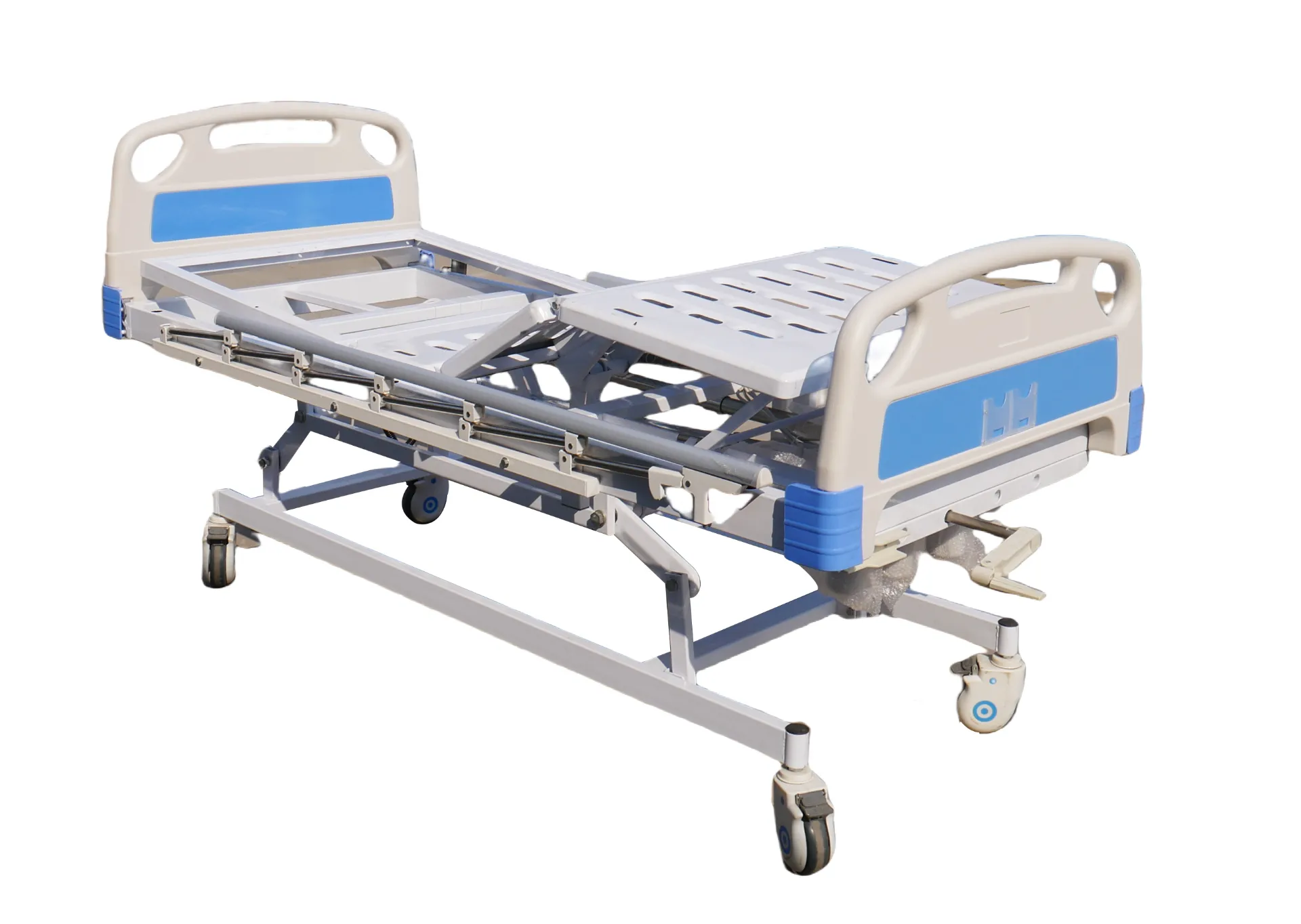Welcome to our websites!
Choosing the Right Seats for Your Electric Wheelchair for Maximum Comfort and Support
Electric Wheelchair Seats Comfort, Functionality, and Innovation
In recent years, the evolution of electric wheelchairs has transformed mobility for individuals with disabilities. Among the most critical aspects of these highly sophisticated devices is the design and functionality of their seats. The comfort and support provided by electric wheelchair seats play a pivotal role in enhancing the user experience, ensuring safety, and promoting independence. This article delves into the key features and innovations in electric wheelchair seat designs that contribute to the overall quality of life for users.
1. Ergonomic Design The Key to Comfort
Electric wheelchair seats are engineered with ergonomics in mind. The goal is to provide users with the support they need to maintain a healthy posture while preventing discomfort during prolonged use. Ergonomic seats are generally contoured to the body, offering optimal support for the lumbar region and aiding circulation. Many models are also adjustable, allowing users to customize the seat height, depth, and angle to suit their personal comfort levels. This adaptability is especially important for users with specific medical conditions that may necessitate particular seating arrangements to prevent pressure sores or discomfort.
2. Materials Matter Durability and Comfort
The materials used in electric wheelchair seats greatly affect both comfort and durability. High-quality foam padding or memory foam is often incorporated into the design, providing cushioning that conforms to the user's body shape. This feature is essential for long-term use, helping to alleviate pressure points and prevent skin breakdown. Furthermore, the upholstery must be easy to clean and maintain, as hygiene is paramount for wheelchair users. Many manufacturers utilize water-resistant and breathable materials, ensuring that seats remain comfortable and hygienic over time.
3. Advanced Support Features
electric wheelchair seats

Modern electric wheelchair seats now come equipped with additional support options that enhance user comfort and safety. Implementation of features such as lateral supports, headrests, and adjustable armrests can help maintain proper posture and provide stability. Some advanced models include tilt-in-space functionality, which allows the seat to tilt backward, redistributing weight and pressure, thereby improving circulation and preventing fatigue. Moreover, power elevating seat systems are increasingly available, enabling users to raise their seat to reach higher surfaces or interact more easily with their surroundings.
4. Customization for Individual Needs
One of the most significant trends in the electric wheelchair market is the ability to customize seats to meet individual user requirements. Advanced seating systems can be tailored to accommodate a range of conditions, including spinal cord injuries, arthritis, or other mobility challenges. Custom seating options often involve a comprehensive assessment by healthcare professionals who can recommend specific configurations based on the user's anatomy and daily activities. The result is a wheelchair seat that not only meets functional needs but also enhances the user’s overall quality of life.
5. Innovation and Technology Integration
As technology continues to advance, electric wheelchairs are becoming increasingly sophisticated. Innovations such as smart sensors and pressure mapping technology are finding their way into seating designs. These technologies can monitor sitting patterns, assess posture, and even provide alerts to users when it's time to reposition themselves to avoid pressure ulcers. Additionally, some electric wheelchairs now feature integrated heating and cooling systems, further enhancing comfort for users in varying environmental conditions.
Conclusion
Electric wheelchair seats are a fundamental component of mobility devices, contributing significantly to the overall experience of users. With a focus on ergonomic design, high-quality materials, advanced support features, customization options, and innovative technology, these seating systems play an essential role in promoting comfort, safety, and independence. As the industry continues to evolve, we can expect even more enhancements in design and functionality, ultimately empowering users to lead more active and fulfilling lives.
-
Transforming Healthcare with Hospital FurnitureNewsJun.24,2025
-
Rehabilitation EquipmentNewsJun.24,2025
-
Mobility and Independence with WheelchairsNewsJun.24,2025
-
Freedom of Mobility with Our Rollator WalkersNewsJun.24,2025
-
Comfort and Independence with Commode ChairsNewsJun.24,2025
-
Bathing Safety and Independence with Shower ChairsNewsJun.24,2025
-
Navigating the Wholesale Landscape of Electric Mobility Solutions: Key Considerations for Power Wheelchair DealersNewsJun.10,2025











